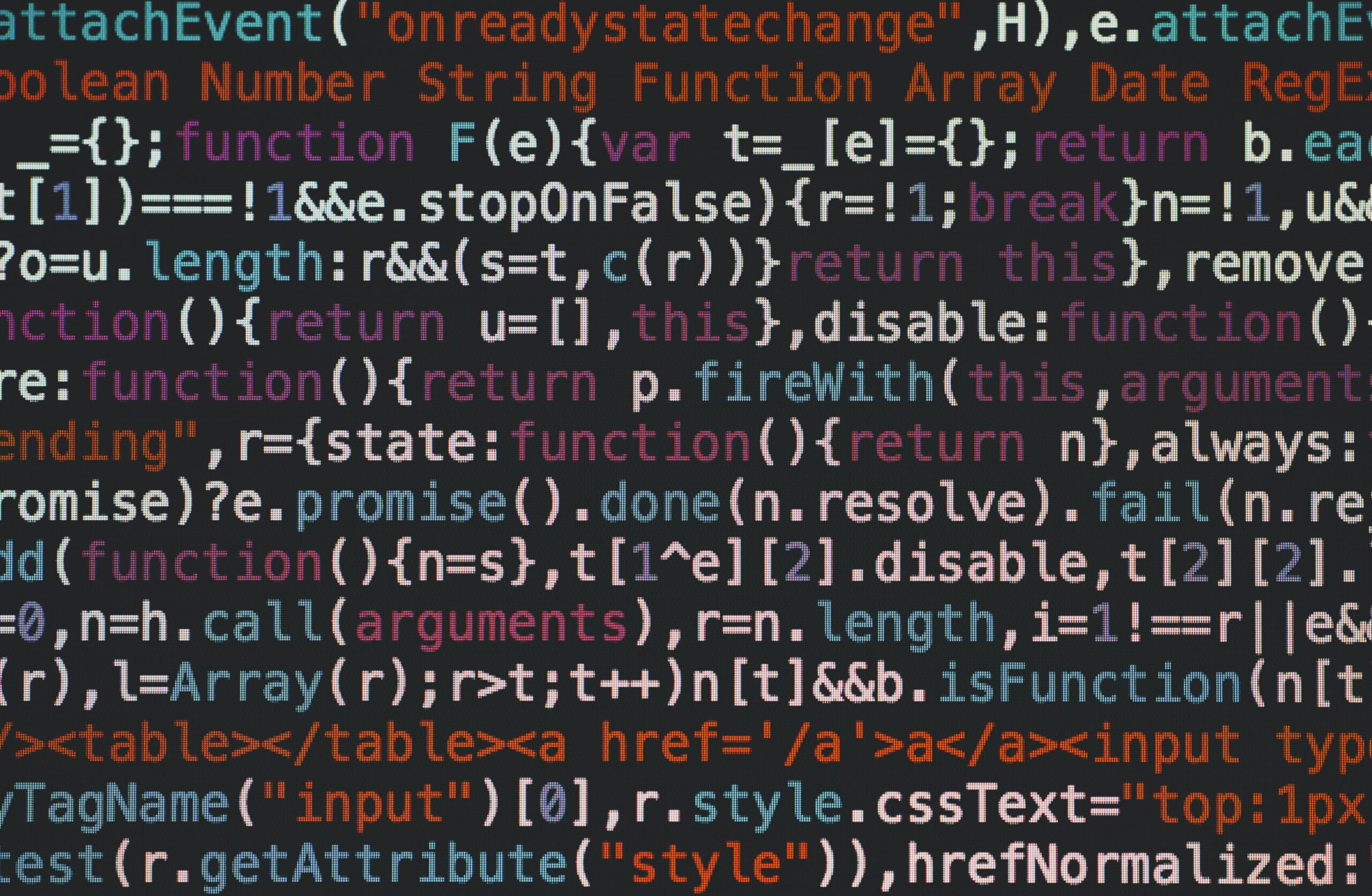Comparing the Giants: How Popular Programming Languages Revolutionize the World of Code
August 4, 2025 | by qqvmedia.com


Introduction to Programming Languages
Programming languages serve as the pivotal tools that enable developers to communicate instructions to computers. Essentially, they comprise a set of defined syntax and semantics that programmers employ to create software, applications, and systems. The necessity for programming languages results from the diverse requirements of the tech landscape, which demand precision, efficiency, and adaptability. Over the years, various programming languages have emerged, evolving to fulfill the changing needs of both programmers and the industries they serve.
The evolution of programming languages began with assembly languages, which provided a more straightforward means for programmers to write instructions, albeit still requiring intricate knowledge of machine code. As technology advanced, so did programming languages, resulting in the creation of higher-level languages such as FORTRAN and COBOL, which offered better abstraction and improved productivity. The introduction of these languages allowed developers to focus on problem-solving rather than the intricate details of computer operations.
Today, programming languages range from low-level languages that interact closely with hardware to high-level languages focused on efficiency and ease of use, such as Python and Java. Each language presents its advantages and disadvantages, depending on the project requirements and the specific challenges developers face. Understanding the central role of programming languages in software development is critical for selecting the most suitable one for any particular application. Factors such as performance needs, project scope, and available resources all contribute to the decision-making process.
In conclusion, the landscape of programming languages is vast and continually evolving, catering to the ever-changing requirements of the technology sector. The right choice of programming language can significantly impact the success of software development projects, emphasizing the importance of being informed about the available options and their respective capabilities.
Comparison of Popular Programming Languages
When evaluating the landscape of programming languages, it is vital to compare several popular options to understand their unique attributes and suitability for various projects. Among the giants in the programming world are Python, Java, JavaScript, C++, and Ruby. Each of these languages offers distinct advantages and disadvantages, making them suited to different types of coding challenges.
Python is renowned for its simplicity and readability, making it an excellent choice for beginners. Its vast array of libraries and frameworks, such as NumPy and Django, facilitates rapid development and enhances versatility across fields like data science and web development. Conversely, Java is known for its strong performance and portability due to the Java Virtual Machine (JVM). This makes it a preferred option for enterprise applications and Android development, offering robust community support and extensive documentation.
JavaScript, primarily associated with web development, is essential for creating interactive websites. Its adaptability is evidenced by frameworks like React and Angular, which streamline front-end development. However, JavaScript’s asynchronous nature can introduce complexities for newcomers. On the other hand, C++ provides low-level memory manipulation capabilities, making it suitable for systems-level programming and resource-intensive applications, such as game development and embedded systems. This language has a steeper learning curve, but it rewards developers with higher control over system resources.
Finally, Ruby stands out for its elegant syntax and focus on developer happiness. Ruby on Rails, its flagship framework, facilitates rapid application development, appealing to startups and small projects. Although its performance may lag behind that of Java and C++, its simplicity allows developers to focus on functionality rather than boilerplate code.
In summary, the choice of programming language depends upon various factors, including learning curve, application requirements, and community support. Each of the languages discussed serves distinct purposes and excels in different domains, underscoring the importance of selecting the right tool for the job in the ever-evolving realm of software development.
Impact of Programming Languages on Software Development
The choice of programming language plays a pivotal role in shaping software development practices and outcomes. Different programming languages come with unique features and paradigms that can significantly affect how developers approach problem-solving and design. For example, languages like Python and Ruby promote a functional programming style that allows developers to write clean and concise code, enhancing maintainability and reducing bugs. In contrast, traditional languages such as C or C++ often demand a more intricate understanding of memory management, which can add complexity to the development process.
Modern programming languages have not only revolutionized coding practices but have also redefined team dynamics and productivity. Object-oriented languages, such as Java and C#, enable the encapsulation of data and behavior, allowing development teams to work collaboratively on large projects. By utilizing principles such as inheritance and polymorphism, teams can build reusable components, streamlining the development process and fostering creativity. Furthermore, languages like JavaScript have catalyzed the rise of web development by enabling interactive and dynamic web pages, establishing a clear link between programming languages and market demands.
To illustrate, consider the development of large-scale applications using Node.js, a JavaScript runtime that allows for efficient back-end service development. This has led to faster asynchronous processing, improving application performance and user experience. Similarly, languages like Go, designed by Google, are celebrated for their concurrency support, making them ideal for modern cloud services. They underline how the right programming language can influence not only the technical aspects of software design but also the strategic decisions, fostering innovation in technology. Ultimately, the ongoing evolution of programming languages continues to challenge and transform the landscape of software development, reinforcing their vital role in modern coding practices.
The Future of Programming Languages
As we look toward the future of programming languages, several significant trends are anticipated to reshape the coding landscape. One prominent trend is the rise of multi-paradigm languages, which combine various programming styles such as functional, procedural, and object-oriented programming. This versatility allows developers to choose the most effective approach for their specific problem-solving needs, ultimately improving productivity and code quality.
In addition to the rise of multi-paradigm languages, there is a growing emphasis on developer experience. Modern programming languages are increasingly designed with usability in mind, focusing on reducing complexity and enhancing efficiency. This shift not only attracts new programmers but also retains existing ones by making the development process more enjoyable. Languages that prioritize readability, simplicity, and intuitive syntax will likely gain traction as developers seek to streamline their workflows.
Emerging technologies, particularly artificial intelligence (AI) and quantum computing, are also poised to influence the evolution of programming languages. AI-driven tools are changing how developers write code by enabling features such as automated debugging, code suggestions, and even generating entire code segments based on given specifications. This integration supports enhanced productivity and could lead to entirely new paradigms in coding. Moreover, with the advent of quantum computing, new languages may emerge specifically tailored to leverage quantum principles, thus pushing the boundaries of computational possibilities.
In conclusion, the trajectory of programming languages indicates a future rich with innovation and adaptation. As multi-paradigm approaches gain prominence and the focus on developer experience intensifies, the coming years will likely witness the emergence of languages that not only meet current technological demands but also challenge the traditional frameworks of coding. As programming continues to evolve in response to ever-changing requirements, we can expect ongoing revolutions in how we conceive and implement coding practices across various domains.
RELATED POSTS
View all


